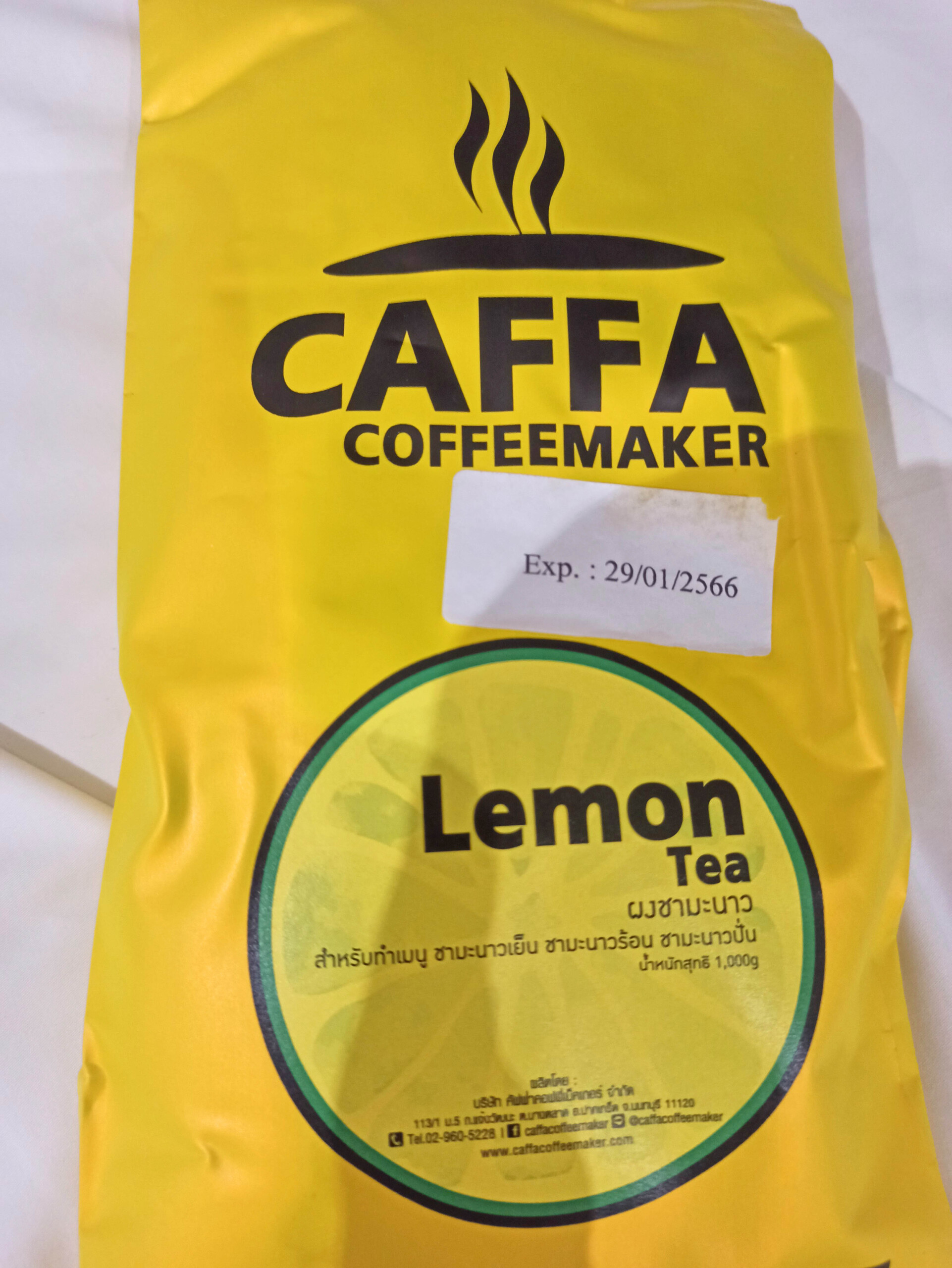A lot of us travel to new places because we want to experience and learn from the unfamiliar. But even if you’ve been all over the world — including in your own backyard — you can still get tripped up by something. It could be a blizzard warning in Los Angeles. A transportation strike in Paris. An offline translator gone mad.
Or, maybe it’s something completely different, like discovering a Thai time machine.

Wow, now there’s an expiration date I can get behind. Not only will it outlast me by a long shot, but also most living things, most dead things, and even (perhaps) one of those French transportation strikes. But not term limits in the United States. Hmm, you can’t win them all.
Jokes aside, let’s dissect the date of expiry on the Caffa Coffeemaker package. For visitors and expats, it’s good to note that this date format is found on official Thai documents, such as bills and contracts, on the news, at museums, as well as on some food packaging, and the odd train ticket.
Firstly, for my fellow U.S. people, much of the world puts the day before the month. In this case, it’s 29 of January. Easy.
Now, the fun part– the year.
Short answer? To calculate the “Western” aka Gregorian year, subtract 543 from the Thai year. For example, to comprehend the year in the above photo — 2566 – 543 = 2023. Darn, I thought that the lemon tea would’ve had a bit more staying power!
Slightly longer answer? {insert current year here} + 543 dates back to the time when Thai Buddhists consider Buddha to have attained enlightenment, or nirvana.
Fast-forward quite a lot to 1888 or 1889, when King Chulalangkorn (King Rama V) introduced the Gregorian calendar to Siam (the former name of Thailand), but with Buddhist elements. So, from a lunar calendar to solar calendar lite.
At the time, New Year’s Day was on 1 April, then 13 April. That all finally changed in 1941, when King Ananda Mahidol (King Rama VIII) directed his prime minister to change New Year’s Day to 1 January, aligning Thailand’s calendar with the Gregorian calendar.
However, as I alluded to before, there are still some lunar calendar elements in the modern Thai calendar. Wan phra, “monk day” in Thai, are roughly four days per month where Thai Buddhists would visit temples to provide food for monks. These days are based on the four principal quarter phases — new moon, 1st quarter, full moon, 3rd/last quarter — of the moon.
Thailand isn’t unique in supporting two calendars; Saudi Arabia, Japan, Ethiopia are three countries where I’ve seen two being used. Other Buddhist countries in Southeast Asia also have their own takes. Nevertheless, I wanted to provide for you a backgrounder on what those “crazy” years might mean.
You may now know how to understand Thai calendars, but let’s none of us forget to inspect the expiry dates no matter where in the world we are. (I’ve been burned by that, too.)

Leave a Reply